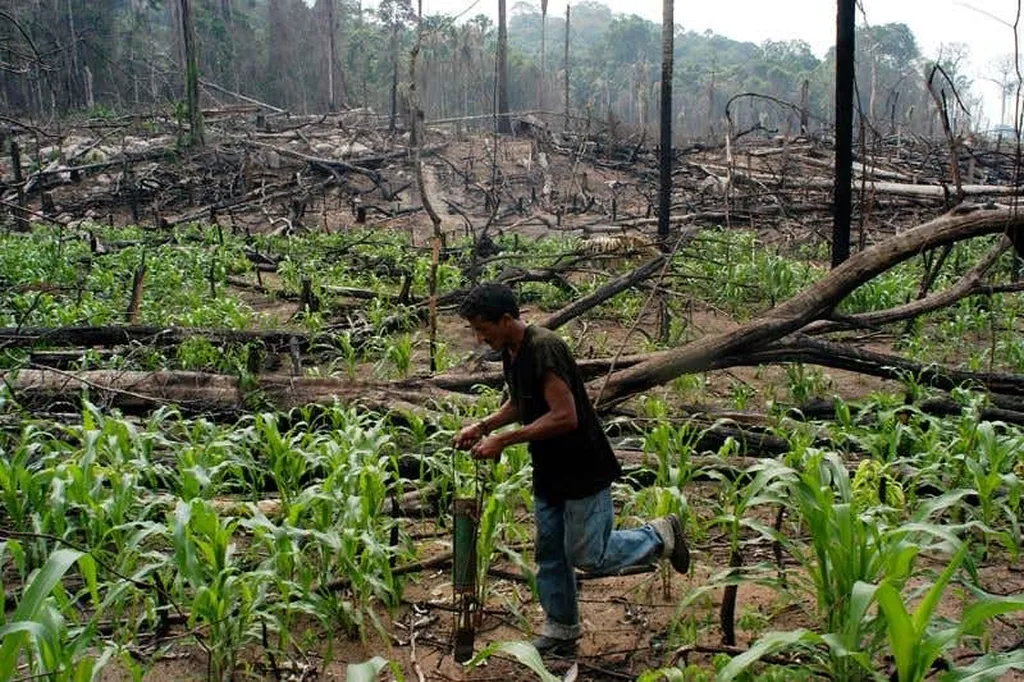Agriculture Minister Shivraj Singh Chouhan’s recent address at the Indian Council of Agricultural Research’s (ICAR) National Space Day event underscored a critical duality in India’s farming sector: while space technology has undeniably transformed agriculture, persistent gaps remain for smallholder farmers and emerging crop threats.
Speaking virtually, Chouhan acknowledged the strides made through satellite-based innovations, from precise weather forecasting to real-time crop monitoring. Gone are the days when farmers relied on folklore or guesswork to predict rainfall; today, ISRO’s Geo Portal delivers near-accurate data on drought conditions, soil moisture, and even pest outbreaks. “We have ensured food security, achieved record production, and space science has played an unmatched role,” he said. The integration of remote sensing has also streamlined crop insurance under the Pradhan Mantri Fasal Bima Yojana, reducing discrepancies in compensation by verifying losses via satellite imagery—a significant leap from earlier manual assessments plagued by errors.
Yet, the minister’s remarks highlighted lingering challenges. Small farmers, who constitute the backbone of Indian agriculture, often lack access to these high-tech solutions. Virus attacks in sugarcane and cotton, along with stagnant productivity in pulses and oilseeds, demand urgent attention. Chouhan’s call for “effective steps” for marginal landholdings reflects a broader concern: how to democratize technology so that even farmers with tiny plots can benefit.
The upcoming NASA-ISRO NISAR mission promises further advancements, with its ability to monitor soil moisture and crop health at granular levels. But Chouhan cautioned against over-reliance on space tech alone. “Wherever useful, apply it—but research in other agricultural sciences must also progress,” he said, urging a “One Nation, One Team, One Goal” approach to avoid fragmented efforts.
A pressing issue raised during the *Viksit Krishi Sankalp Abhiyan* was the menace of counterfeit agrochemicals. Farmers reported crop damage from spurious pesticides, particularly in soybean fields, prompting Chouhan to push for portable devices to detect adulteration. “This is a serious issue,” he noted, stressing the need for rapid scientific intervention.
The implications of Chouhan’s statements are clear: while India’s agricultural tech stack is evolving, its success hinges on bridging the divide between large-scale innovations and on-ground realities. The integration of space data with traditional research, coupled with farmer-centric solutions, could redefine productivity—but only if accessibility and practicality remain at the core. With nearly 500 new research topics emerging from recent campaigns, the path forward demands collaboration, precision, and an unwavering focus on the farmer’s immediate needs.

